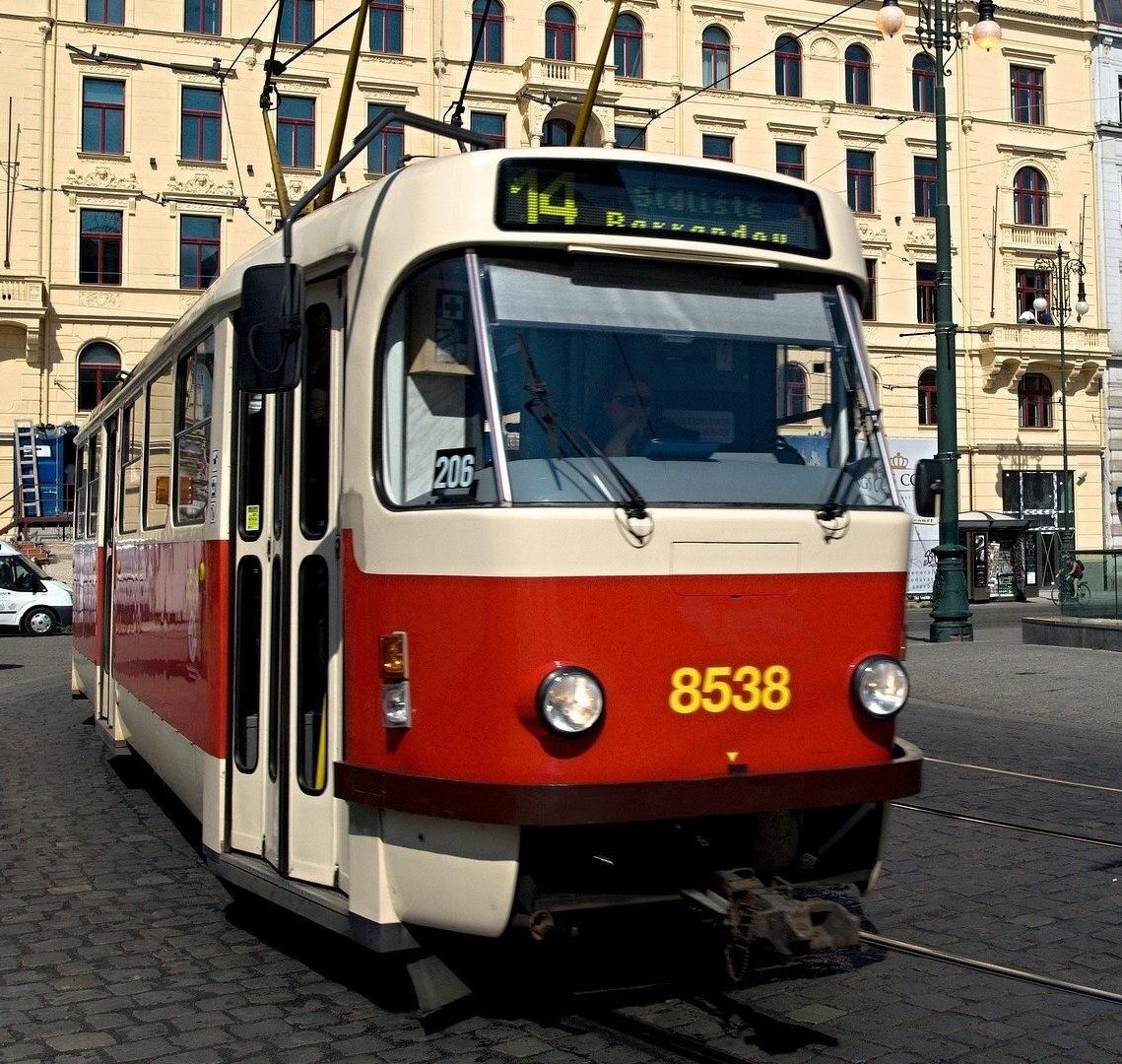

AkShUaLlY…. It’s pronounced “Kel-a-born”….but I still applaud your humor!
Most, if not all c’s are pronounced as hard K’s in Elvish (Elven?) languages.
It does get a little weird with places like Cirith Ungol, but there are, allegedly, older maps where it’s spelled Kirith.








Isn’t voting open for much longer than 1 day? Polls are already open…and so is early voting and mail-in ballots, etc. Election Day is just like the last day when (allegedly) the winner is decided. Not really a point for a full-on, everything closed type holiday, or even a “bank holiday” like President’s Day.